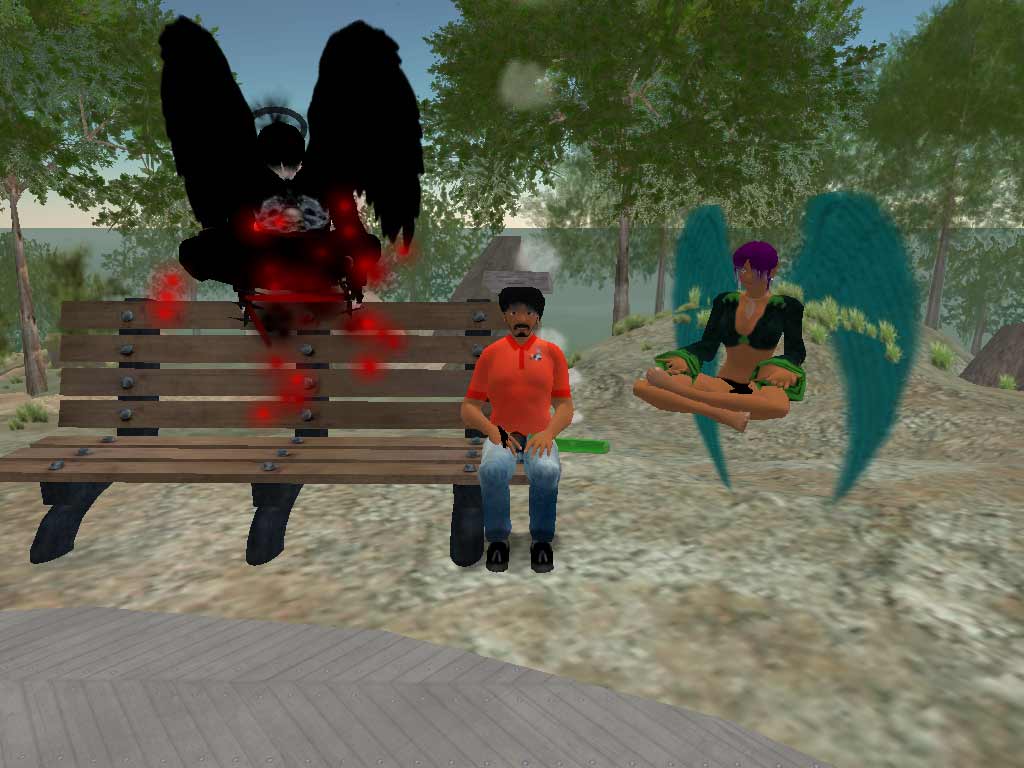

Anyone aware of how people behave in virtual worlds should have seen that coming and given all avatars collision boxes, which cannot be entered without permission, he adds. For instance, minutes after the launch of a Christian virtual world, ‘Church of Fools’, a woman kneeling to pray was made to look to be fellating a man standing in front of her. He believes the long history of virtual worlds is being overlooked amid today’s rush to build metaverse platforms: “It’s that distinct lack of understanding about the past and the lessons we already know, that is most discouraging about the metaverse,” says Bartle, now a professor of game design at the University of Essex. In 1978, Dr Richard Bartle co-wrote the text-based virtual world ‘MUD1’. This is one vision of the metaverse, as envisaged by Neal Stephenson in his 1992 novel ‘Snow Crash’ as the immersive successor to the flat internet. Although over 50 million people have tried using it, ‘Second Life’ peaked at around one million users and retained around half a million monthly users for most of its lifetime. It was launched in 2003 and organisations such as Harvard University, Nasa, the Swedish government, the news agency Reuters, and Burning Man all extended their presence into ‘Second Life’. ‘Second Life’ allows users to create avatars and connect, build, buy, and sell in a 3D virtual world that persists online.

Its creator, Linden Lab, however, has been fairly clear about what it is not: it is not a game. It is difficult to define what ‘Second Life’ is.


 0 kommentar(er)
0 kommentar(er)
